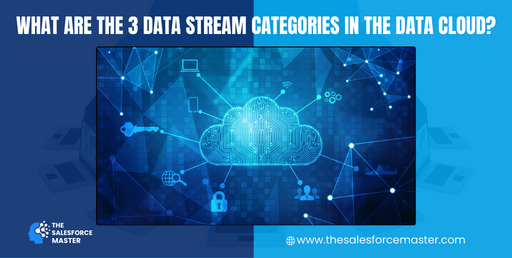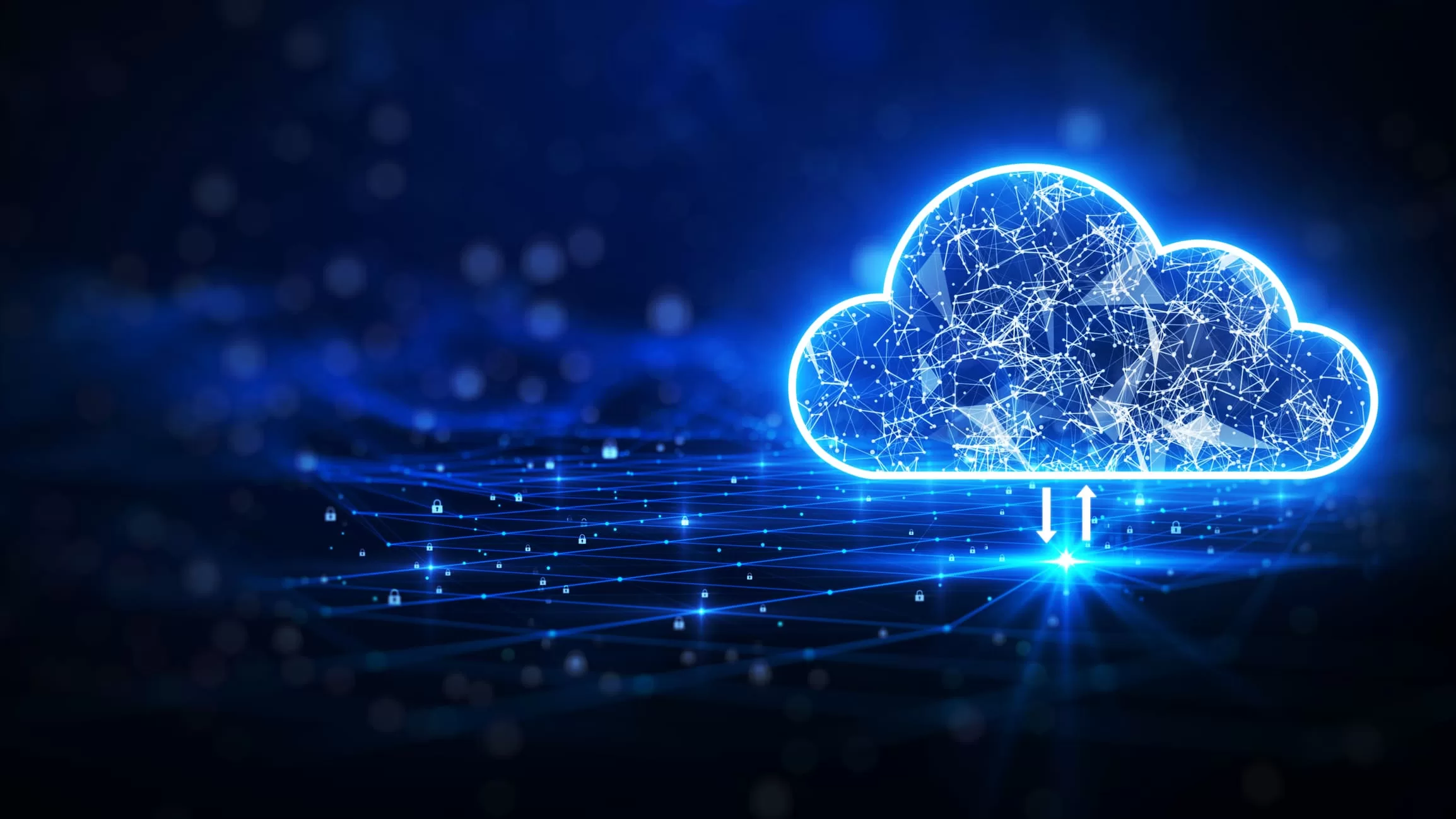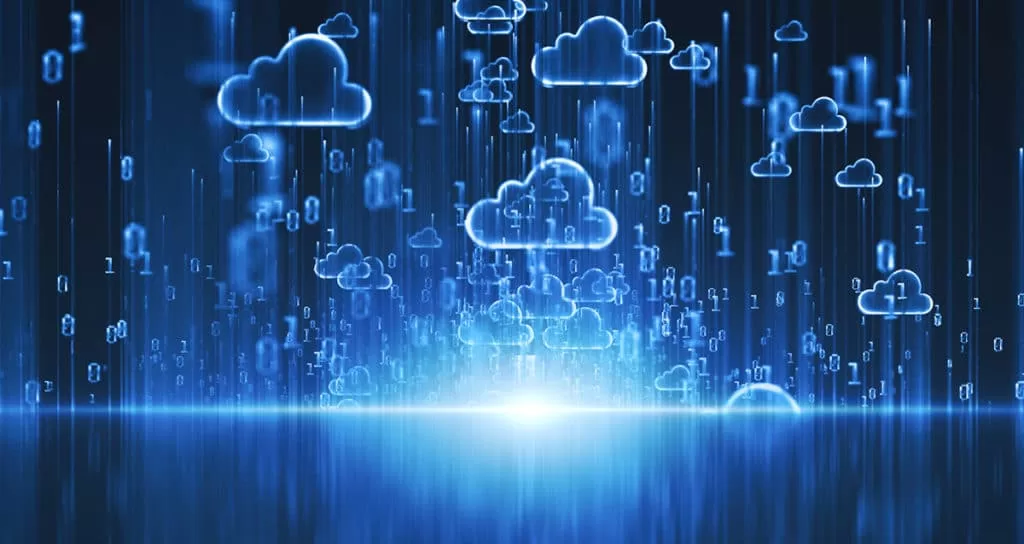
In the context of data cloud computing, data streams can be categorized into three main types:
1. Real-time Streams:
These streams involve data that is generated continuously and requires real-time processing and analysis. Examples include sensor data from IoT devices, social media feeds, financial transactions, and website clickstreams. Real-time streams often require low-latency processing to extract valuable insights and make timely decisions.
2. Near-real-time Streams:
Near-real-time streams involve data that is generated with a slight delay, typically within seconds or minutes. While not as immediate as real-time streams, near-real-time data still requires rapid processing and analysis to maintain relevance and support timely decision-making. Examples include log files, system events, and application performance metrics.
3. Historical Streams:
Historical streams consist of data that is collected over time and stored for future analysis. This type of data may not require immediate processing and can be stored for longer periods. Historical streams are often used for trend analysis, predictive modeling, and retrospective analysis to gain insights into past performance and behavior. Examples include historical sales data, customer records, and archival data from various sources.


